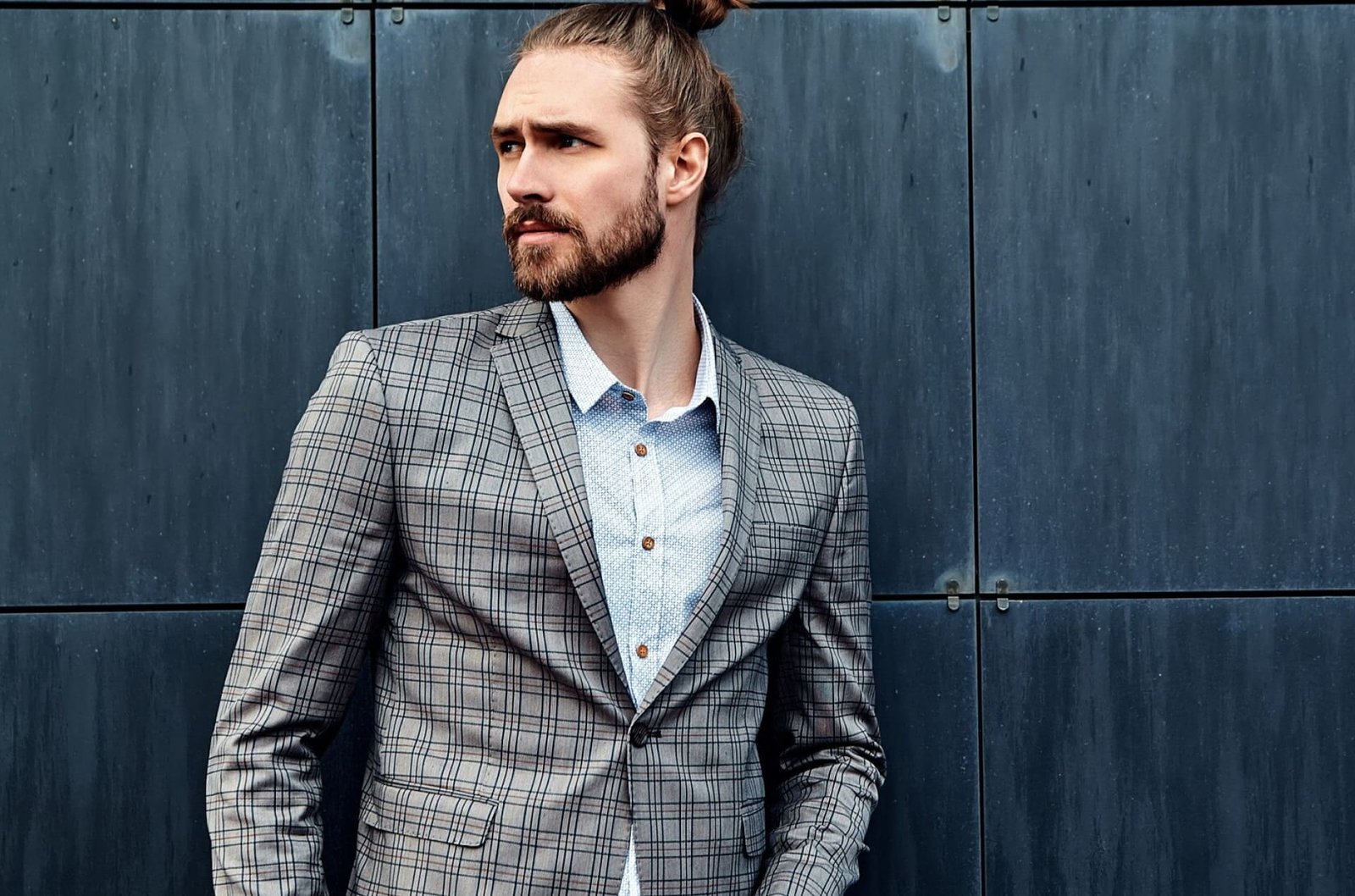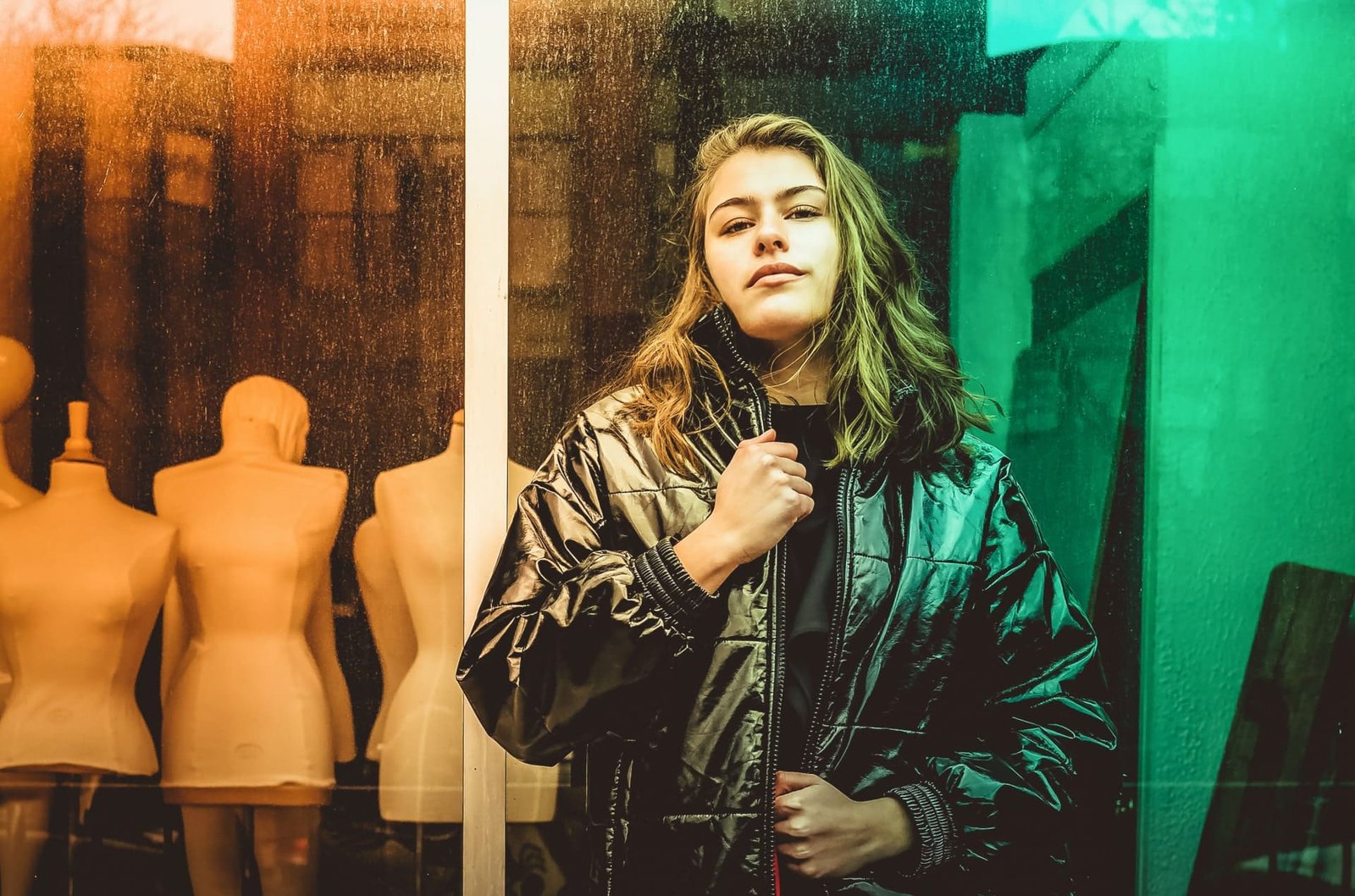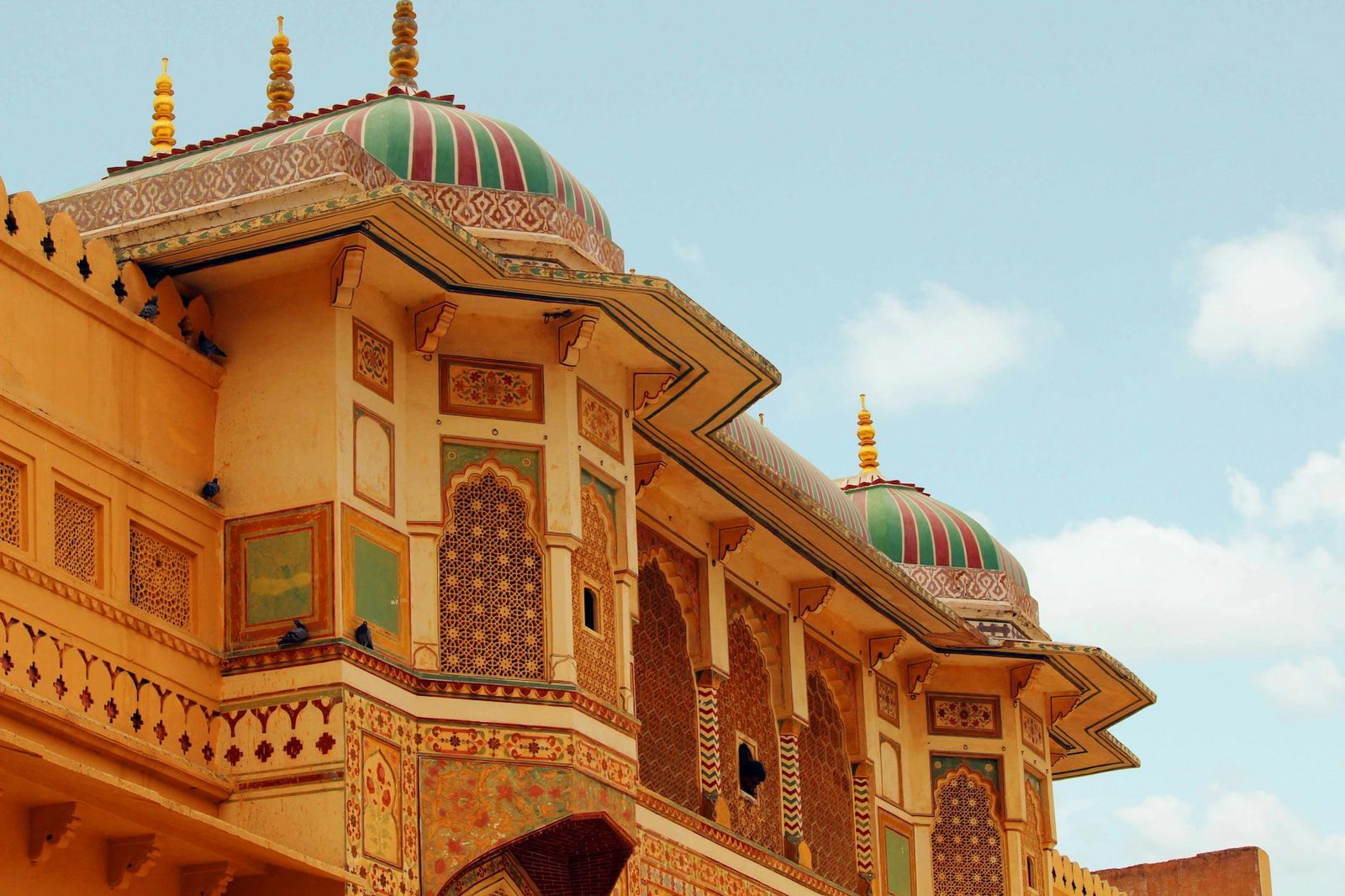
Fashion doesn’t have to mean overflowing closets, last-minute impulse buys, or chasing the latest trends. In fact, more and more people are turning to minimalist wardrobes—curated collections of high-quality, versatile clothing that simplify life, reduce waste, and enhance personal style.
This isn’t just a trend. It’s a movement toward conscious consumption, where every item in your closet serves a purpose and brings you joy.
What Is a Minimalist Wardrobe?
A minimalist wardrobe is built on intentionality. Rather than hoarding clothes for every occasion, you invest in timeless, versatile pieces that can be mixed and matched across seasons and settings.
Some people refer to this as a “capsule wardrobe,” where you limit your closet to 25–50 essential pieces. Others simply aim to own less, but better.
Why Go Minimalist with Your Closet?
✨ Simplicity
Fewer clothes mean fewer decisions each morning. No more staring blankly at your wardrobe wondering what to wear.
💰 Saves Money
You stop buying fast-fashion items that fall apart in weeks. Instead, you invest in durable, stylish pieces that last for years.
🌍 Better for the Planet
The fashion industry is a major polluter. Owning less and choosing ethical brands helps reduce your environmental footprint.
🧠 Mental Clarity
A cluttered closet contributes to a cluttered mind. Decluttering helps reduce stress and decision fatigue.
Steps to Create a Minimalist Wardrobe
1. Declutter Ruthlessly
Go through your closet and remove anything:
- You haven’t worn in the last year
- Doesn’t fit well
- Feels uncomfortable
- Doesn’t match your lifestyle
Be honest. Keep only what you truly love and wear often.
2. Identify Your Core Style
Are you classic? Casual? Boho? Streetwear? Knowing your aesthetic makes shopping (and dressing) easier.
Think of signature items: white shirts, dark jeans, blazers, solid tees, or neutral dresses.
3. Choose a Color Palette
Stick to 2–3 base colors (like black, white, beige, or navy) and add 1–2 accent colors (like olive, burgundy, or mustard). This ensures everything works together.
4. Invest in Quality Basics
Focus on timeless essentials:
- A well-fitting pair of jeans
- Neutral T-shirts and blouses
- One or two versatile jackets
- Comfortable, stylish shoes
- A go-to dress or suit for special occasions
Choose natural fabrics when possible (cotton, wool, linen) for comfort and durability.
5. Follow the “One In, One Out” Rule
Bought a new item? Let go of an old one. This keeps your closet fresh and clutter-free.
What About Trends?
Minimalism doesn’t mean you must reject fashion trends entirely. It just means you adopt them mindfully. Ask:
- Does this trend match my personal style?
- Will I wear this more than 10 times?
- Is it comfortable and versatile?
Trends fade fast. Style is forever.
Benefits You’ll Notice Right Away
✅ Less Laundry
Fewer clothes = fewer laundry cycles = more free time.
✅ Smarter Shopping
You become a more thoughtful buyer, considering quality, fit, and purpose before every purchase.
✅ Personal Confidence
You know exactly what looks good on you, and your wardrobe reflects your true self—not someone else’s idea of fashion.
Minimalism Is Empowering, Not Restricting
Some people fear that a minimalist wardrobe is boring. But in reality, it sets you free. You’re no longer trying to impress anyone or keep up with Instagram influencers. Instead, you dress for comfort, confidence, and you.
A minimalist wardrobe isn’t about owning as little as possible. It’s about owning what matters.
Final Thoughts
In a culture of overconsumption, choosing minimalism is an act of self-respect—and environmental care. It’s a way to simplify your mornings, reclaim your closet, and redefine fashion on your own terms.
So next time you reach for your favorite outfit, ask yourself: “Do I really need more, or do I just need to love what I already have?”
Because true style doesn’t come from quantity. It comes from clarity.







